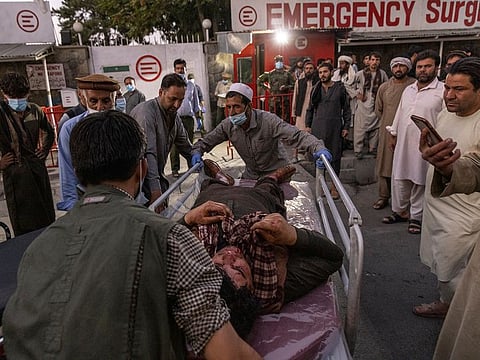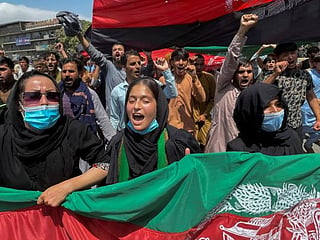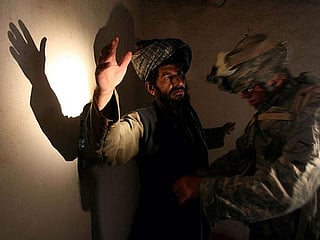Afghanistan: 'I saw doomsday', says Kabul airport blast survivor
It is not possible to see doomsday in this life, but today I saw doomsday, says the man

Kabul: Even for a city as used to violent death as Kabul, the scenes after twin blasts tore through crowds thronging outside the airport in hope of evacuation were apocalyptic.
For one man, a former employee of an international development group with a US special immigrant visa, the day began early.
He joined thousands of people around the airport hoping to clear the gates and get onto one of the flights ferrying in and out in the final days of the airlift.
He had been in the queue near the airport's Abbey Gate for around 10 hours when, at around 5 p.m., a powerful explosion went off.
"It was as if someone pulled the ground from under my feet; for a moment I thought my eardrums were blasted and I lost my sense of hearing," said the man.
"I saw bodies and body parts flying in the air like a tornado taking plastic bags ... into the air. I saw bodies, body parts, elderly and injured men, women and children scattered in the blast site.
"It is not possible to see doomsday in this life, but today I saw doomsday, I witnessed it with my own eyes." The man did not wish to be identified, because in a city now under Taliban rule, many associated with the former Western-backed government and civil society groups that grew up around it fear reprisals.
Also Read: Infographic: Taliban’s US-funded war chest
Also Read: What is Daesh threat in Afghanistan?
The Taliban have sought to reassure Afghans that they would respect their rights and were not out for revenge.
Kabul has endured frequent suicide attacks in the 20 years since the Taliban were first driven from power, and the city's residents have grown used to police and security teams sealing off the blast sites and carrying away the dead and wounded.
Today, as the wounded were helped away or carried off in wheelbarrows, it was shocked survivors who were left to stumble over the bloodstained corpses of dozens flung by the blast into a sewage ditch.
"Today there was no one to handle the issue and move the bodies and the wounded to hospital or take them out of sight of the public," the witness said.
"Dead bodies and wounded were lying in the road and in the sewage canal. The little water flowing into it had turned into blood.
"Physically, I am OK ... but I don't think the mental wound and the shock I sustained from today's blast will ever let me live a normal life."
Sign up for the Daily Briefing
Get the latest news and updates straight to your inbox









